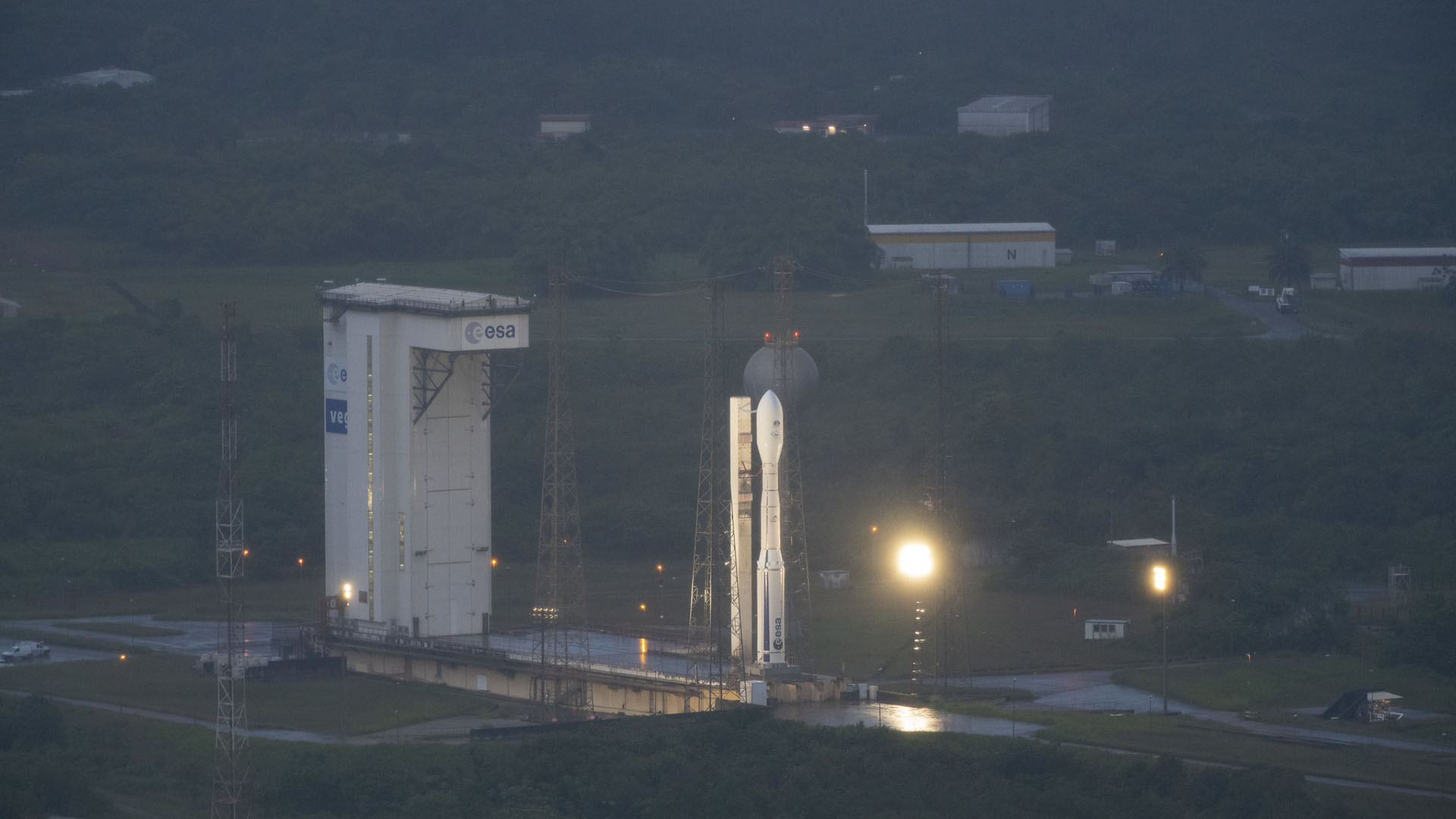During the tests to requalify a stage of the European Vega-C rocket, a new problem was observed. An anomaly that risks delaying the return of the launcher.
It is definitely a frustrating year for Europe in space: the Soyuz medium launcher is now inaccessible because of the Russian-Ukrainian war. Ariane 5 will bow out in early July. Ariane 6 is not ready. And, on the side of small rockets, the brand new Vega-C launcher was defeated on its second flight.
A new problem spotted on Vega-C
Subsequent investigation showed that there was a problem with the nozzle design of the Zefiro 40, the name given to the second stage of Vega-C. But, during a test aimed at requalifying the floor with a new manufacturing process, a new anomaly was identified. It was the subject of a press release on June 29 from Avio, an Italian company that designs several segments of Vega.
There was, however, cause for satisfaction: Preliminary analysis of the test results yielded the following results. The new carbon-carbon material showed nominal performance commented Avio. This, especially since the conditions of the test ” have been deliberately defined as extremely harsh in terms of maximum engine operating pressure “.
But, continues Avio, after 40 seconds of testing, another anomaly was revealed, causing the engine’s overall pressure performance to decrease before the scheduled 97-second test was completed “. The reasons for this fall are currently unknown. Investigations are ongoing and future trials should be scheduled.
The anomaly during the static test on June 28 now raises questions about the ability of all the players involved in the design of Vega-C to put the rocket back in the saddle by the end of the year. ” Planning for Vega C’s return to flight is currently being evaluated, pending further analysis and investigation. says Avio.
Do you want to know everything about the mobility of tomorrow, from electric cars to pedelecs? Subscribe now to our Watt Else newsletter!
